Research Research Highlights
Research Highlights
Research Highlights
Research Highlights
Research Highlights 미리보기
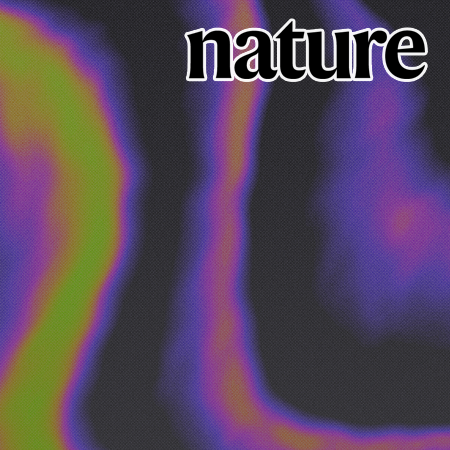
Atomic lift-off of epitaxial membranes for cooling-free infrared detection
Prof. Celesta S. Chang
Professor Celesta S. Chang's research team from the Department of Physics and Astronomy has developed an 'Atomic Lift-Off' technique that enables the production of ultrathin, freestanding perovskite oxide membranes—paving the way for high-performance, cooling-free infrared sensors.
Research Highlights Board
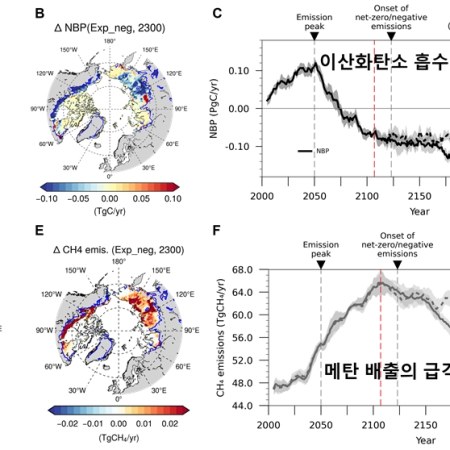
Permafrost Continues to Emit Carbon After delayed Net-Zero... A ‘Red Flag’ for Climate Mitigation
Prof. Jong-Seong Kug
Professor Jong-seong Kug’s research team from School of Earth and Environmental Sciences at SNU revealed that the permafrost ecosystem carbon loss may continue under net-zero and negative emissions, which could hinder climate change mitigation efforts.
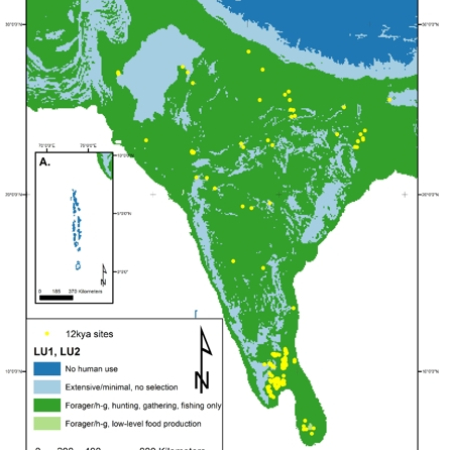
Early to Mid-Holocene Land Use Transitions in South Asia: a new archaeological synthesis of potential human impacts
Prof. Jennifer Bates
We are currently facing a global climate crisis of unparalleled scope and scale. The human role in this is clear – we are a key factor in the changes on our planet. In recent years climate scientists have been terming this new era the Anthropocene, to denote the human (‘anthropos’) driver of change.
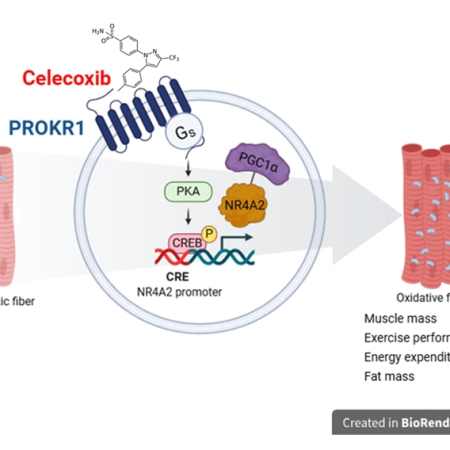
Celecoxib Enhances Oxidative Muscle Fibre Formation and Improves Muscle Functions Through Prokr1 Activation in Mice
Prof. Joonghoon Park
Professor Joonghoon Park's research team identified celecoxib as a small-molecule PROKR1 agonist that enhances muscle mass and strength. Mice imprinted with celecoxib maintained increased oxidative muscle fibers and improved metabolism even on a high-fat diet. This study is the first to discover a selective PROKR1 small-molecule agonist, providing a new drug scaffold for sarcopenia and obesity treatment and laying the foundation for drug development.
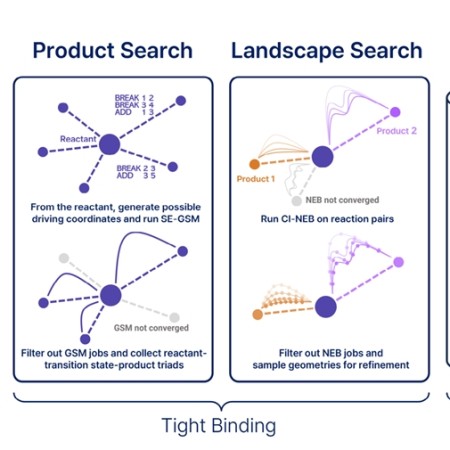
Automated and Efficient Sampling of Chemical Reaction Space
Prof. Juyong Lee
Machine learning interatomic potentials (MLIPs) promise quantum-level accuracy at classical force field speeds, but their performance hinges on the quality and diversity of training data.
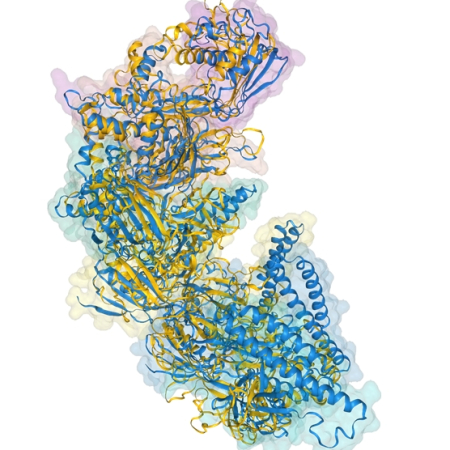
Rapid and Sensitive Protein Complex Alignment with Foldseek-Multimer
Prof. Martin Steinegger
Professor Martin Steinegger’s research team from the Department of Biological Sciences at Seoul National University and Professor Emmanuel D. Levy’s research team from the Department of Molecular Biology and Cellular Biology at University of Geneva have successfully developed a rapid and sensitive protein complex structural aligner, enabling the comparison of billions of complex pairs within just 11 hours.
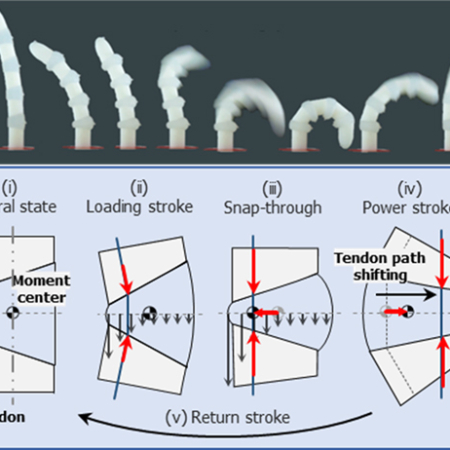
Professor Kyu-Jin Cho's Research Team at Seoul National University Applies the Principles of Mantis Shrimp and Fleas to Create Soft Robots with Powerful Movements
Prof. Kyu-Jin Cho
Seoul National University College of Engineering announced that a research team led by Professor Kyu-Jin Cho (Director of the Soft Robotics Research Center) from the Department of Mechanical Engineering took inspiration from principles found in nature and developed the "Hyperelastic Torque Reversal Mechanism (HeTRM)," which enables robots made from rubber-like soft materials to perform rapid and powerful movements.
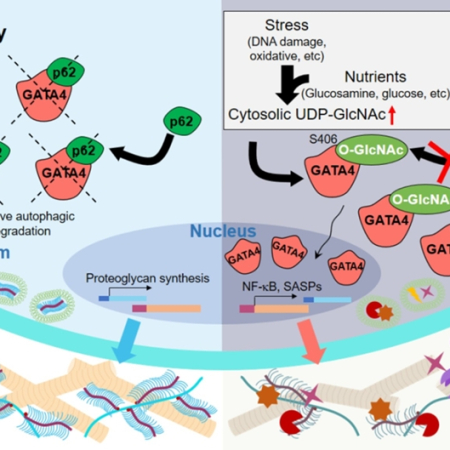
Regulation of senescence-associated secretory phenotypes in osteoarthritis by cytosolic UDP-GlcNAc retention and O-GlcNAcylation
Prof. Jin-Hong Kim
Professor Jin-Hong Kim's research team from School of Biological Sciences at SNU identified the pathogenic role of sugar modification which governs the senescence-associated secretory phenotype in cartilage, and proposed targeting GATA4 O-GlcNAcylation as a senostatic strategy for osteoarthritis.
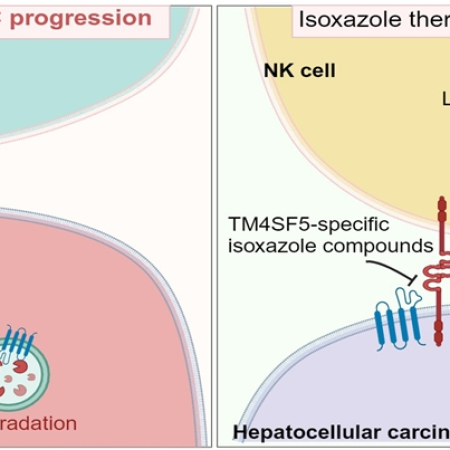
Isoxazole-based molecules restore NK cell immune surveillance in hepatocarcinogenesis by targeting TM4SF5 and SLAMF7 linkage
Prof. Jung Weon Lee
Dynamic communication between hepatocytes and the environment is critical in hepatocellular carcinoma (HCC) development. Clinical immunotherapy against HCC is currently unsatisfactory and needs more systemic considerations, including the identification of new biomarkers and immune checkpoints.
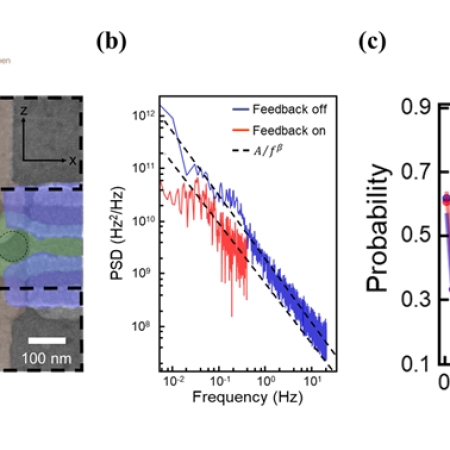
Passive and active suppression of transduced noise in silicon spin qubits
Prof. Dohun Kim
Professor Dohun Kim's research team from the Department of Physics and Astronomy at SNU has successfully developed two techniques to suppress noise and its effects, which hinder high-fidelity quantum operations. Using these methods, they achieved a two-fold improvement in inhomogeneous coherence time and a ten-fold improvement in the quality of Rabi oscillations.
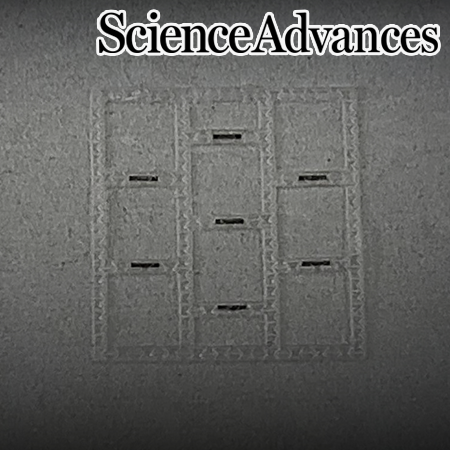
Professor Seung-Kyun Kang's Research Team at Seoul National University Developed the World’s Most Sensitive Flexible Strain Sensor
Prof. Seung-Kyun Kang
Seoul National University College of Engineering announced that a research team led by Prof. Seung-Kyun Kang from the Department of Materials Science and Engineering at Seoul National University (first authors: Dr. Jae-Hwan Lee and Ph.D. candidate Yoon-Nam Kim) has developed a strain sensor with record-breaking sensitivity in collaboration with researchers from Dankook University, Ajou University, and Purdue University.
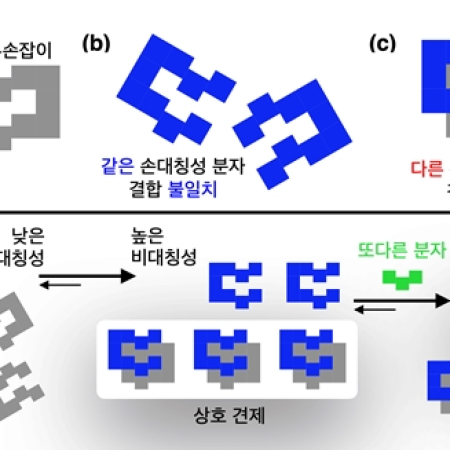
Mutually antagonistic molecular clips: symmetry-breaking non-covalent bonds at the chiral–nonchiral interface
Prof. Dongwhan Lee
The homochirality of life remains an unresolved scientific question. Prevailing models postulate that homochirality arose through mutual antagonism. In this mechanism, molecules of opposite handedness deactivate each other, amplifying even a small enantiomeric excess into a larger proportion.
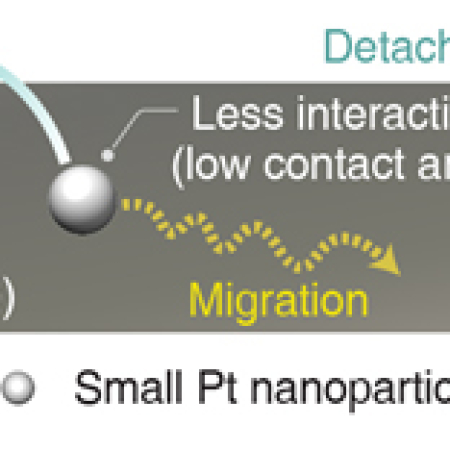
SNU-Hyundai Motor Group Jointly Develop Advanced Technology for Evaluating Fuel Cell Catalyst Durability and Degradation Mechanisms
Prof. Jungwon Park and Jaeyune Ryu
The College of Engineering at Seoul National University announced that Professors Jungwon Park and Jaeyune Ryu of the Department of Chemical and Biological Engineering, in collaboration with Hyundai Motor Group, have developed an innovative technology for rapid durability assessment and identification of degradation mechanisms of hydrogen fuel cell catalysts.

